
XENON GAS THERAPY: IS IT TOO GOOD TO BE TRUE? HOW CAN ONE THERAPY AFFECT SO MANY DIFFERENT BODILY FUNCTIONS FROM STEM CELLS TO ADDICTION AND TRAUMATIC BRAIN INJURY PROBLEMS?
I am happy to say that we will soon be offering Xenon therapy in our office. We will be one of the few centers in the Americas offering this unique treatment. The term 'Xenon' is a Greek derivative meaning 'stranger' owing to its scarcity. With a full electron outer shell, Xenon is chemically inert yet surprisingly biologically active. Xenon has been widely used in Europe and Russia initially as an anesthetic agent but than its uses have expanded. Xenon gas is inhaled and it reaches your brain within minutes, showing rapid results. It acts by manipulating chemical balances in your brain and boosting its health. Your brain has receptors that are very sensitive to Xenon. These receptors can have a wide variety of effects. The Xenon can bind with the receptors creating an adaptive environment in your body.
Despite its high cost, Xenon is an “ideal” means for anesthesia, for it’s not only harmless to the brain and organism as a whole, but also shows pronounced neuro-protective and neurotropic properties. In surgery, Xenon anesthesia is applied to the most difficult, urgent conditions such as surgeries on pregnant women, child operations (including newborns), and is also used in the treatment of expressed pain syndrome. Xenon inhalations cut pain quickly, eliminate anxiety, relieve symptoms of acute stress, and improve perception and memory. Identification of these effects triggered active scientific research in order to study all medical qualities of Xenon, and the possibilities of its usage in drug and alcohol abuse treatment, psychology, neurology, sports performance and other related fields.
Recently I was working with one of my colleagues who initially trained in Russia. He opened my eyes to the medical uses of Xenon gas. I must admit that I have been impressed with much of the research that has come out of the former Soviet Union. They always seem to be pushing the envelope on a variety of topics especially in improving athletic performance which has always been an interest to me. Granted some of the things which the Russians have promoted have been banned. I was shocked to learn of the myriad of medical uses for Xenon gas. These range from addiction, depression and anxiety problem to restoration of brain health and function including concussion and traumatic brain injury, and increased athletic performance.
WHAT ACTUALLY IS XENON?
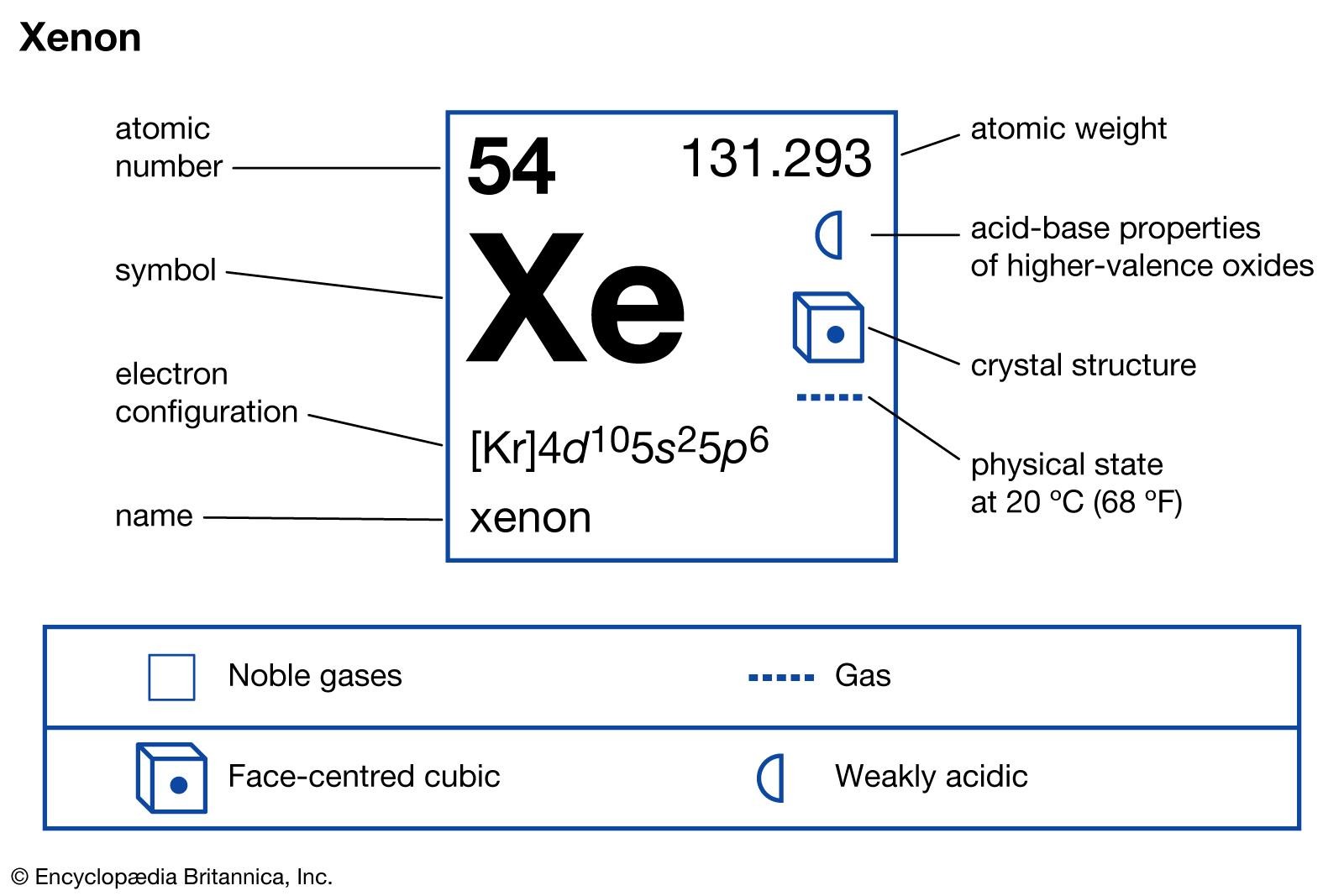
The above gives the physical characteristics of Xenon. Xenon is a rare, mostly inert noble gas which has applications in a very wide range of fields including medical areas. Xenon acts on human body as useful organ protective and anesthetic agent. Xenon medical therapy has its roots in Russia on a number of different levels. In Russia, there is a long history of using Xenon initially as an anesthetic agent. As we have been taught by the Russians, there are many other medical uses for Xenon therapy in medicine in addition to being used as an anesthetic agent. Lots of clinical and experimental data have been accumulated ascertaining that Xenon is an ideal anesthetic and therapeutic agent. It has a wide variety of pharmacological properties for the treatment of a wide variety of diseases. Due to its properties, Xenon is used nowadays for dealing with stresses of various etiologies such as headaches, sleep disorders, chronic tiredness syndrome, depressive disorders as well as for rehabilitation of patients in the process of recovering, including post-operational and in rendering palliative aid. The list goes on and on.
MEDICIAL XENON IS USED TO TREAT NEUROLOGICAL AND ADDICTION PROBLEMS
Xenon seems to be taking on roles in the fields of treating drug addiction and rehabilitation. Xenon is a breakthrough in addiction therapy because many studies have established that it is useful in multiple ways. Furthermore, it causes no side effects because it does not establish any interaction with chemical agents in the human body, which is typical for other types of therapies. Because of this, Xenon therapy has no consequences in terms of nausea and vomiting as is the case with the use of other anesthetics. There are a number of studies underway showing that Xenon may have potent effects in the realm of acting as an anti-depressant and at the same time have potent effects in the addiction world. Behavioral modulatory effects of Xenon are probably related to its generalized action on excitatory/inhibitory balance within the Central Nervous System. There are a number of clinics addressing addiction problems utilizing Ketamine infusions. The following shows the major difference between Ketamine and Xenon. There is really no comparison, Xenon far outshines Ketamine in the treatment of these problems. We are able to see the differences between Ketamine and Xenon
The above illustration gives us a glimpse into the mechanism of how Xenon works in addiction and other similar problems. Xenon potently inhibits the excitatory NMDA (N-methyl-D-aspartate) receptor channels, which may account for many of The above illustration shows the difference between Ketami. Ketamine will block a channel in the NMDA (N-methyl-D-aspartate) complex while Xenon will prevent the passage of sodium and calcium ions. In the above diagram we see the NMDA receptor which seems to have importance in many different neurological conditions. An increasing level of N-methyl-D-aspartate (NMDA) receptor “hypofunction” within the brain is associated with memory and learning impairments, with psychosis, and ultimately with excitotoxic brain injury. As the brain ages, the NMDA receptor system becomes progressively hypofunctional, contributing to decreases in memory and learning performance. In those individuals destined to develop Alzheimer's disease, other abnormalities (i.e. amyloidopathy and oxidative stress) interact to increase the NMDA receptor hypofunction (NRHypo) burden. In these vulnerable individuals, the brain then enters into a severe and persistent NRHypo state, which can lead to widespread neurodegeneration with accompanying mental symptoms and further cognitive deterioration. Although this is a hypothesis, it is grounded in very real science. Pharmacological methods for preventing the overstimulation of vulnerable neurons developed in an animal model may be applicable to the prevention and treatment of Alzheimer's disease. This is interesting concept and may explain many of the properties of Xenon and its effects on many different neuro conditions ranging from addiction to traumatic brain injury.
What is very intriguing is the concept of utilizing Xenon with NAD+ treatments. This may take addiction treatment not to the next level but to the level after that. According to modern beliefs about pathogenesis of dependencies, one of the main roles is assigned receptors in the brain that play a crucial role in the development of cravings. Excessive stimulation of these receptors triggers cell death resulting in chronic depression, apathy, reduced mental capacity, and degradation of the individual. Xenon possess great abilities to interact with these receptors and can exert a regulatory influence on them. Clinically, Xenon has been shown to provide rapid and safe relief of craving for the drugs, relief of manifestations of abstinence, rapid recovery of mental abilities, better sleep, and disappearance of depression. Therefore, Xenon therapy may become one of the most important components in the treatment of drug abuse and alcoholism.
XENON AND POST TRAUMATIC BRAIN INJURY
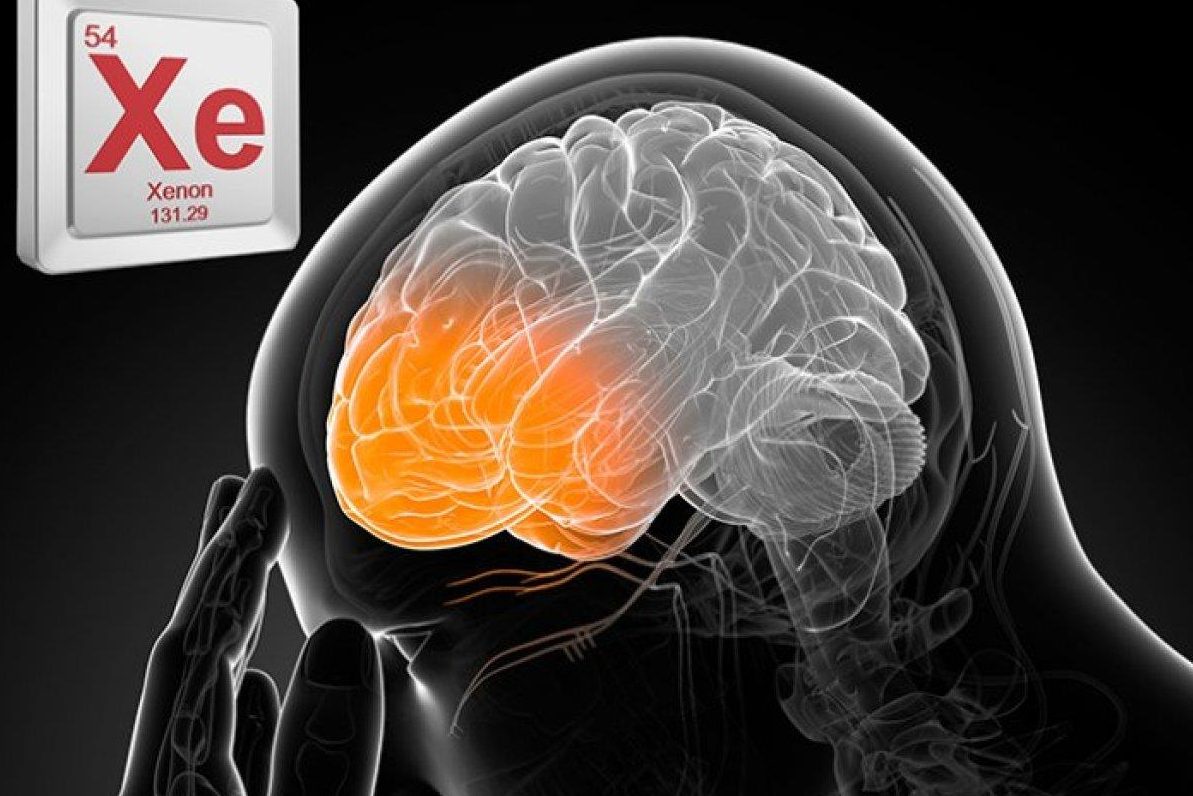
Having the property of neuroprotection and the ability to positively influence apoptosis of cells of the central nervous system, Xenon will become widely used in the treatment of brain illnesses and injuries. Xenon treatment is successful in a variety of neurological conditions. Some of the mechanisms of action are noted in the illustration below. We see that Xenon reduces excitotoxicity. Excitotoxicity is a phenomenon that describes the toxic actions of excitatory neurotransmitters, primarily glutamate, where the exacerbated or prolonged activation of glutamate receptors starts a cascade of neurotoxicity that ultimately leads to the loss of neuronal function and cell death. Furthermore, Xenon also dramatically reduces the inflammation and cell death in the brain. It stimulates certain growth factors that can make a difference.
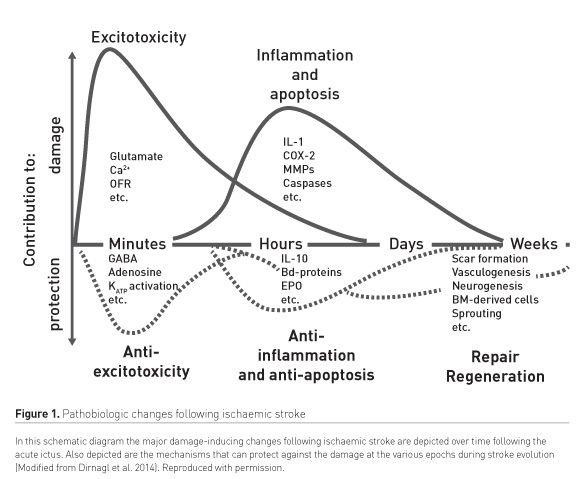
The next illustration shows the mechanisms by which Xenon may work its magic when dealing with traumatic brain injury. All of the items we see in the diagram are prevented by Xenon. We see the effects of Xenon therapy are far ranging. Xenon’s job is to reverse the various etiologies that are seen in this diagram. I think that Xenon can be a very important adjunct in the treatment of Traumatic Brain Injuries. But we must remember it is just an adjunct and not meant to be the only treatment. We are able see that Xenon is a marked stimulator of repair and regeneration in the brain. It helps re-establish blood supplies to the cells. With some other modalities such as EBO2, hyperbaric oxygen, Very Small Embryonic Like Stem Cells and other modalities, we feel we may be able to take traumatic brain injury treatment to the next level.
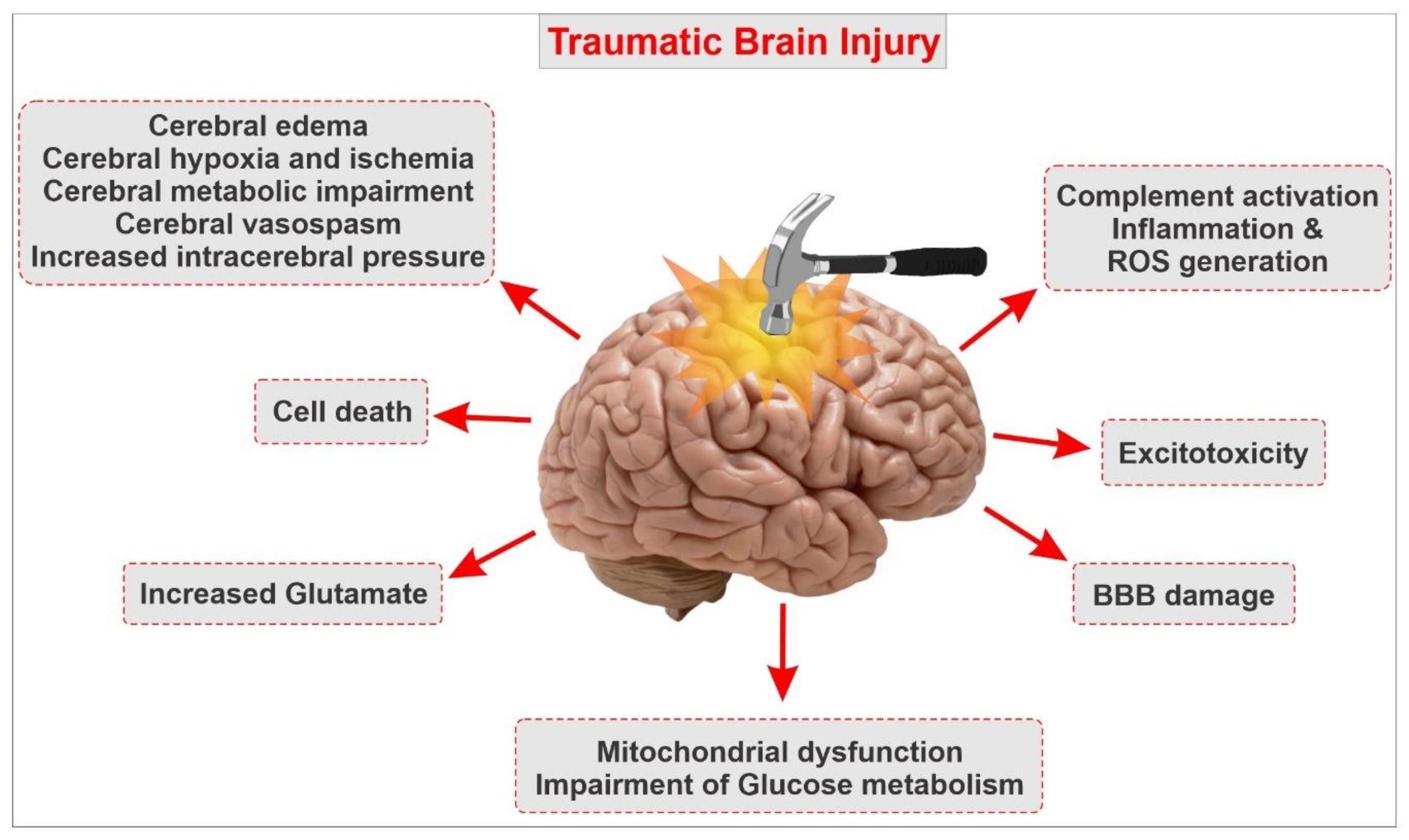
One very exciting aspect of Xenon therapy is its potential use in patients who have had a concussion. We now know that a number of patients who suffered from the after effects of a concussion. There are a number of studies which involve the use of Xenon in the treatment of concussion syndromes. I suspect that in the future Xenon will be used in conjunction with other modalities such as Hyperbaric Oxygen, EBO2, Intravenous NAD+ and stem cells as an effective treatment for a multitude of medical conditions from traumatic brain injury, depression to improved performance and stamina.
XENON AND ATHELETIC PERFORMANCE:
TO ME ONE OF THE MOST IMPORTANT AND INTRIGUING EFFECT OF XENON

The above picture shows some Russian athletes winning Olympic medals at the Sochi 2014 winter Olympics. The problems for the Russian team was that a number of the members of the Russian Olympic team were disqualified for the use of performance enhancing drugs. This is very intriguing to me. Not from the fact that Xenon breaks the rules but from the reasons as to why Xenon is a considered performance enhancing drug. If one were to look at the World Anti-Doping Agency (WADA) website it is very specific. XENON IS CONSIDERED PERFORMANCE ENHANCING. Why is Xenon performance enhancing? Back in 2014, Xenon became the latest addition to the list of chemicals and supplements banned by the World Anti-Doping Agency. However, the ban was actually enforced, as noble gases Xenon and Argon were added to WADA’s list of Prohibited Substances and Methods. We do know that Performance Enhancing Drugs positively affect an athlete’s performance in a sport. But how do noble gases like Xenon and Argon boost a player’s performance? What do these so-called noble gases do to athletes that has made the WADA ban them from the theater of sports? Ultimately, the effects the Xenon therapy has on athletics is similar to the blood doping scandal that was found in the Tour de France Bicycle Race. Increased blood levels resulted in increased performance. Am I concerned about the use of Xenon in a professional athlete? Absolutely I am I concerned about the use of Xenon in a professional athlete and thus would not use it on any of these professionals without checking the rules of their specific sport! We do not make the rules but we follow them. However, am I concerned when we are talking about the nonprofessional athlete? The answer in that case is resounding no! Actually, increasing athletic performance in a nonprofessional athlete is many times a good thing. Xenon is one of the few agents that are known for their ability to activate the production of HIF-1α (Hypoxia Inducible Factor), which triggers other proteins to rush to the rescue of oxygen-deprived tissues. The following illustration shows the actual mechanism of how Xenon improves performance by stimulation of HIF-1a and Erythropoietin:
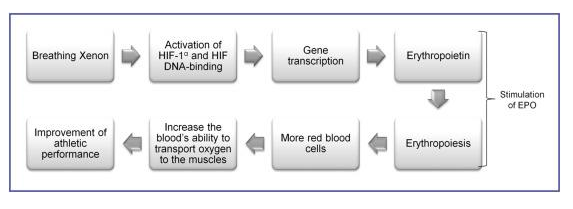
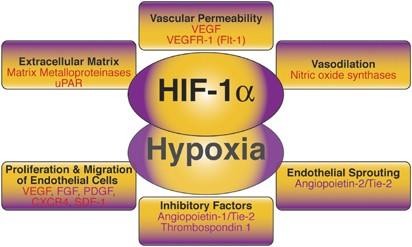
We wish to take things one step further and consider the use of Xenon in many of our regenerative stem cells procedures. We currently will temporarily place the regenerative cells in an environment of low oxygen (hypoxia). This seems to stimulate the cells to produce HIF-1a and it gives the cells a better chance of survival and ultimately better results. The HIF-1a acts as a transcription factor. A transcription factor will turn on certain genes which may have been turned off. In the case of HIF-1a, some of the major genes it turns on are the ones which help to produce erythropoietin. Erythropoietin (EPO), is basically a hormone that boosts the formation of red blood cells in the bone marrow. But we must remember that it will increase other cells that are produced from the bone marrow in addition to the red blood cells. As can be seen in the following illustration, erythropoietin produces a number far ranging effects. It does not “just make red blood cells”. There are a number of other intriguing aspects of Xenon therapy.
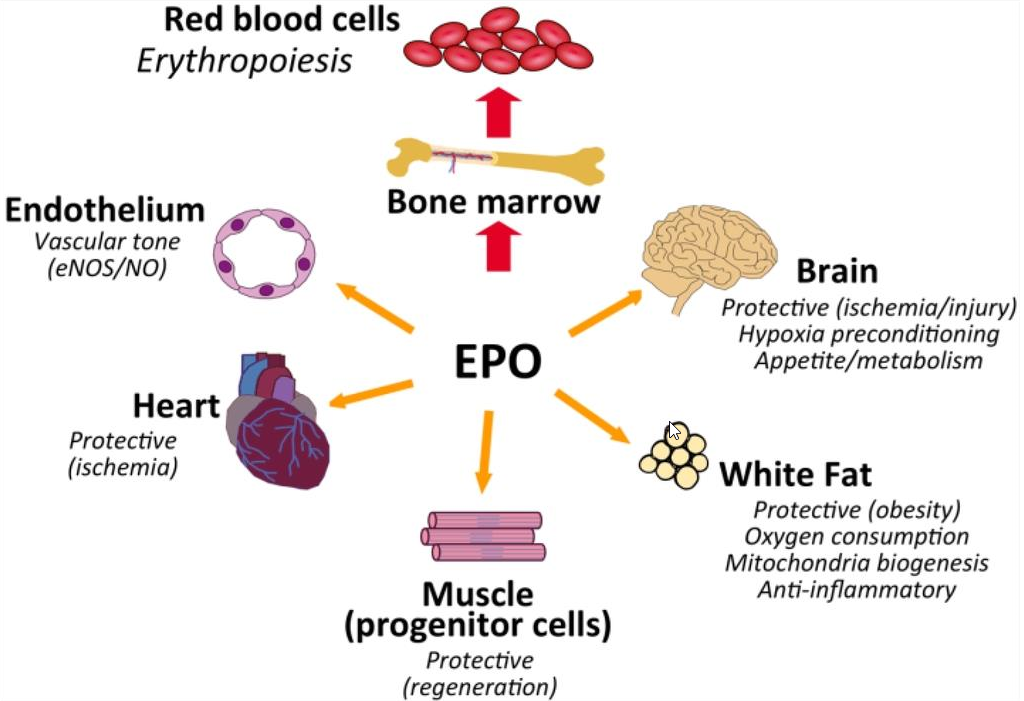
These include mitochondrial regeneration, muscle regeneration, in addition to cardiac, vascular and neurological considerations. As we move to a potential new facility, Xenon therapy will become a reality and will be incorporated into our Regenerative practice. It will compliment many of the other modalities we will utilize in our new facility.
- Dr. Purita
